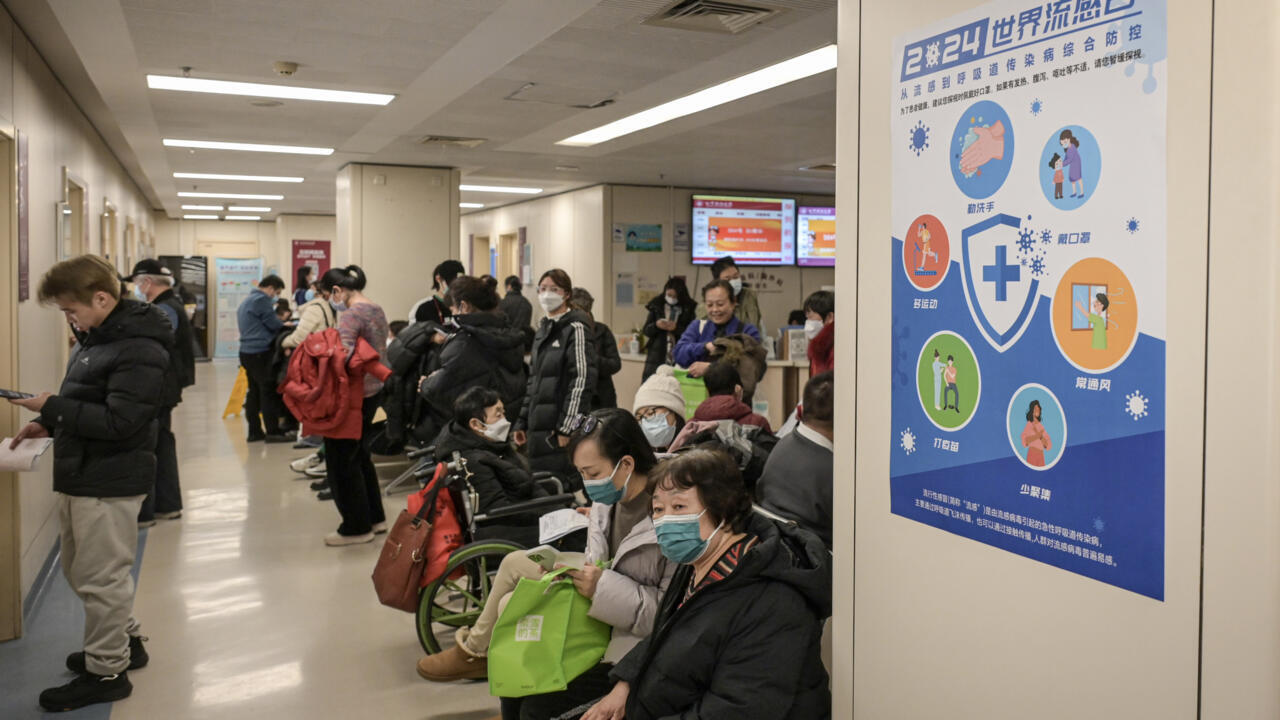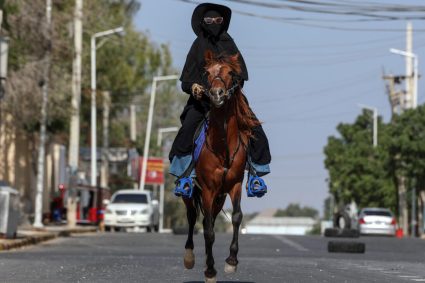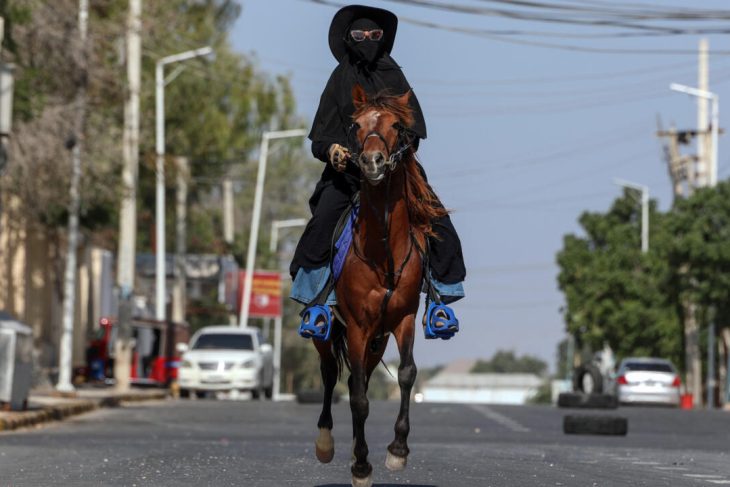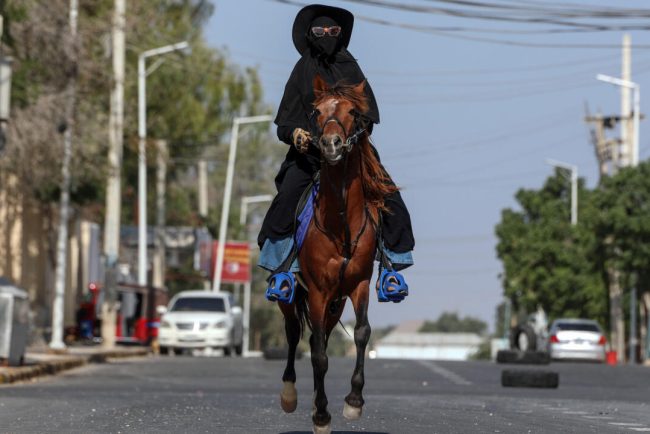
Here is what you need to know about HMPV:
Similar to flu
HMPV stands for “human metapneumovirus” and generally causes a mild infection of the upper respiratory tract.
It spreads via person-to-person contact or when someone touches a contaminated surface.
Common symptoms include coughing, fever and a blocked nose — very similar to many types of cold and flu.
Vulnerable groups such as young children, the elderly and people with compromised immune systems may have more severe symptoms.
Public health advice for HMPV is similar to that for flu, said John Tregoning, professor in vaccine immunology at Imperial College London.
“Protecting yourself by being in well-ventilated (spaces), covering your mouth when you cough (and) washing your hands will all help,” he said.
Infected people should “rest, take on fluids (and) try not to spread it to others”.
Not like Covid
The coronavirus that causes Covid-19 was unknown when it first emerged in humans in late 2019.
That meant people had never been exposed to it and had no immunity, raising the risk of severe illness.
In contrast, HMPV has been circulating for decades and people around the world already have some protection against it.
The virus “is part of the cocktail of winter viruses that we are exposed to”, Tregoning said.
Paul Hunter, professor of medicine at Britain’s University of East Anglia, said that “almost every child will have at least one infection with HMPV by their fifth birthday”.
Many people catch the virus several times over the course of their lives, he said.
What has China said?
China’s disease control authority held a wide-ranging press conference just before the new year to discuss its “progress and achievements”.
Among other measures, the National Center for Disease Control and Prevention announced it was “piloting active monitoring of pneumonia of unknown origin” as it developed its general prevention strategy.
Later, while answering a question about “the interweaving of multiple infectious diseases” this winter, top official Kan Biao gave a rundown on the state of play of various ailments in the country.
“Influenza virus has shown a clear upward trend recently… the positive rate of rhinovirus has shown a downward trend… respiratory syncytial virus in those aged 0 to 4 years has shown an upward trend recently, and the positive rate of HMPV in cases aged 14 and below has also shown an upward trend,” he said.
However, he noted, “the scale and intensity of the spread of respiratory infectious diseases are lower than last year”.
China’s foreign ministry said last Friday that it was “safe to travel to China”.
‘Within normal range’
Images of patients in face masks filling hospital emergency rooms have circulated widely on Chinese social media in recent weeks, but such scenes are not unusual for winter.
Globally, worry has spread quickly, with those raising concerns pointing to Beijing’s perceived lack of transparency throughout the Covid-19 pandemic.
In late December, the World Health Organization (WHO) implored China to share more data on Covid-19’s origins, saying it was a “moral and scientific imperative”.
But on Tuesday, the WHO sought to allay fears around HMPV.
“China’s reported levels of respiratory infections are within the normal range — it’s what we would expect to see for the winter season,” spokeswoman Margaret Harris said.
© 2025 AFP



















